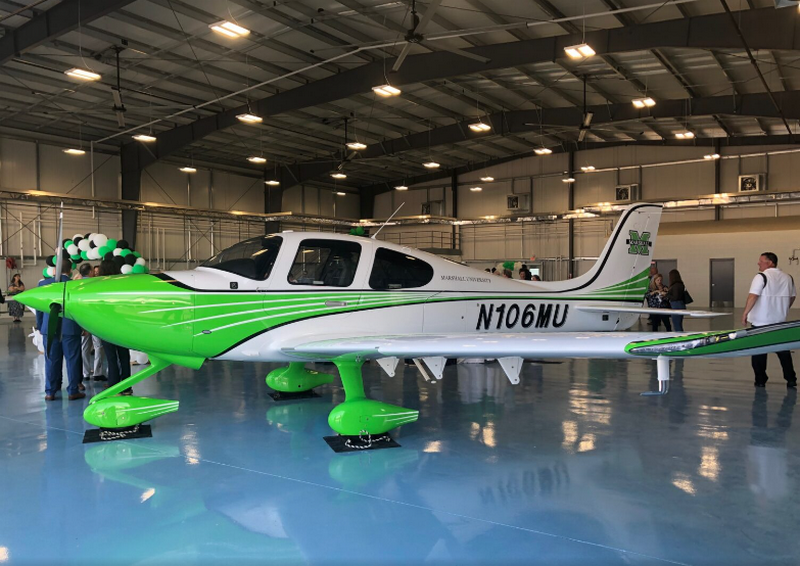Before the game-winning championships, before the distinguished academic programs, before Old Main, and even before Marshall University itself – there was the Beech Tree.
A campus landmark with roots stretching as far back as the 1500s, the Beech Tree welcomed the first students and teachers in 1837 when then-Marshall Academy opened its doors. In the years that followed, the tree stood alongside Old Main, the oldest structure on the university’s grounds. Though Marshall’s landscape was ever-changing during the late 1800s through the early 1900s, the tree was constant.
On April 27, 1987, tragedy struck when the Beech Tree was toppled during a storm, according to a story in The Parthenon, the school newspaper. The Marshall community gathered to mourn the historic sight. Before the tree’s demise, students and staff would etch their initials in its wood to commemorate their time at Marshall. The tree was a solace to students who would often eat lunch under its branches. It saw numerous engagements, weddings and other important milestones. It was as much a part of Marshall’s heritage as any living human being.
But all was not lost, as the previous year local artist Byron Johnson had used a limb from the Beech Tree to create the Grand Mace. According to Marshall’s website, the Grand Mace is carried by the Chief Marshal of the faculty at all formal university occasions. Johnson, a graduate of Marshall, is a wood carver and sculptor, as well as an art teacher in Wayne County.
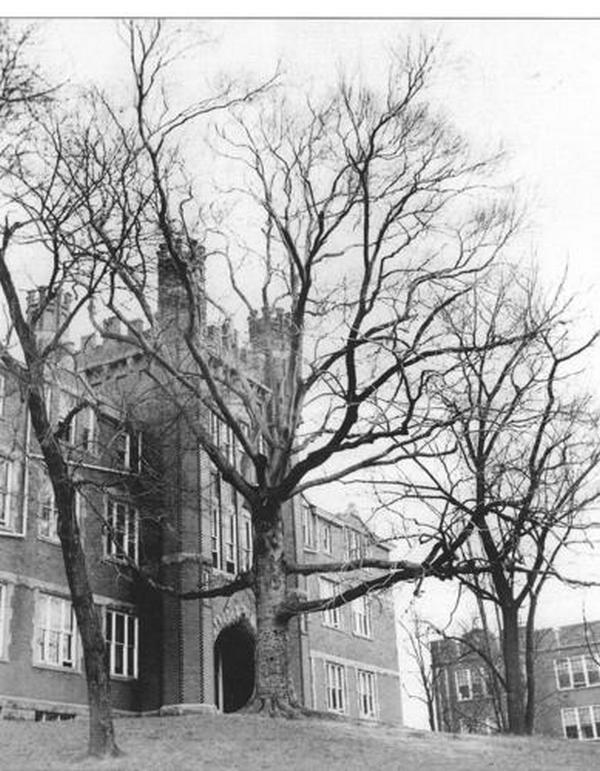
The Grande Mace, a symbol of authority and leadership, consists of a gold-plated bronze casting that features the Seal of Marshall University on one side and the Great Seal of the State of West Virginia on the other. Below the casting features a four-sided wood carving that signifies distinct symbols of the university, including the towers of Old Main, the Memorial Fountain, the Seal of Marshall College and a bison, Marshall’s official mascot.
Marshall’s faculty members who have had the privilege of carrying the Grand Mace and serving as Chief Marshal consider the responsibility an honor.
“I don’t know that many people who have had the honor of carrying the Mace enjoyed it as much as I did,” said Dan Hollis, a professor with the W. Page Pitt School of Journalism and Mass Communications in the College of Arts and Media. “It was just so cool to be a part of that tradition.”
Hollis was Chief Marshal during the winter commencement ceremony in 2014 and for a two-year cycle from 2017-2018.
“Wherever I placed it, it was always my goal, whether it be at commencement or convocation, to have it point toward campus and to have the face of John Marshall look upon his students,” Hollis said.
In the two years following the Beech Tree’s passing, a Beech Tree committee was formed to decide what to do with the remains. As luck would have it, a few years before the tree was lost, James D. Rogers, then an assistant professor of geography, had picked up a few nuts that had fallen from the tree. In a 1989 edition of The Parthenon, Rogers said he planted these nuts at his home in Milton, West Virginia, and thus a seedling was born.
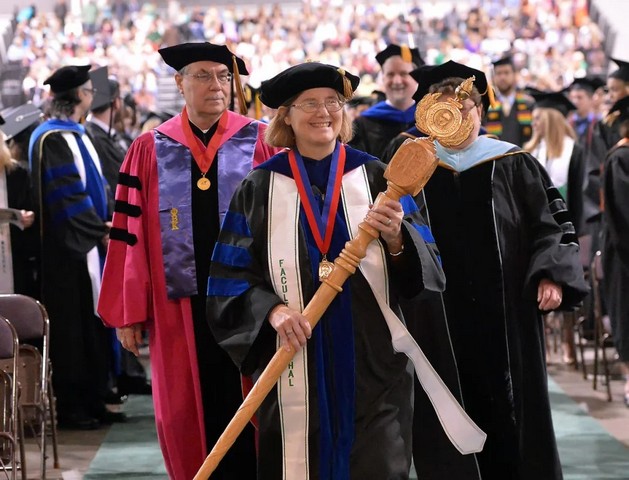
On April 22, 1989, as part of Marshall’s alumni weekend, a planting ceremony occurred and the seedling was planted next to the stump of its predecessor, known now as the Old Beech, and the new tree was known from then on, jokingly and affectionately, as the “Son of the Beech.”
A few feet away from the “Son of the Beech” sits a plaque, originally dedicated in 1957 by Omicron Delta Kappa that encapsulates the trees’ importance to the university. The inscription reads “I am part and parcel of the growth and history of Marshall College. Under my branches I have gathered great personages, educators, philosophers, doctors, lawyers, musicians and artists. I am the symbol of all noble attributes and ideals of man, industry and honesty, courage and strength, knowledge and fruitfulness, goodness and inspiration and wisdom, simplicity and peace, modesty and loyalty, beauty and grace. I am the spirit and symbol of Marshall College. I am The Marshall Beech Tree.”

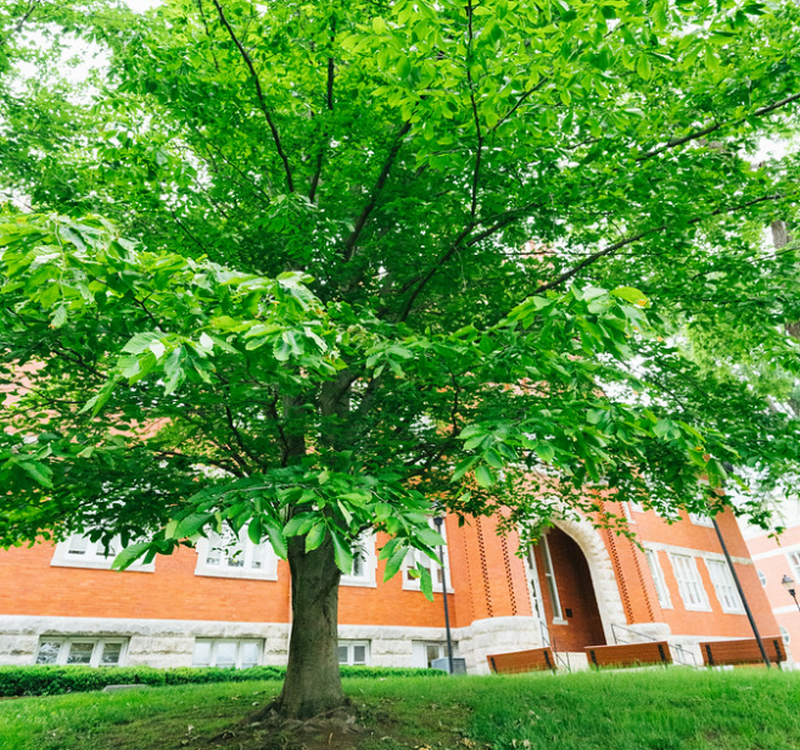
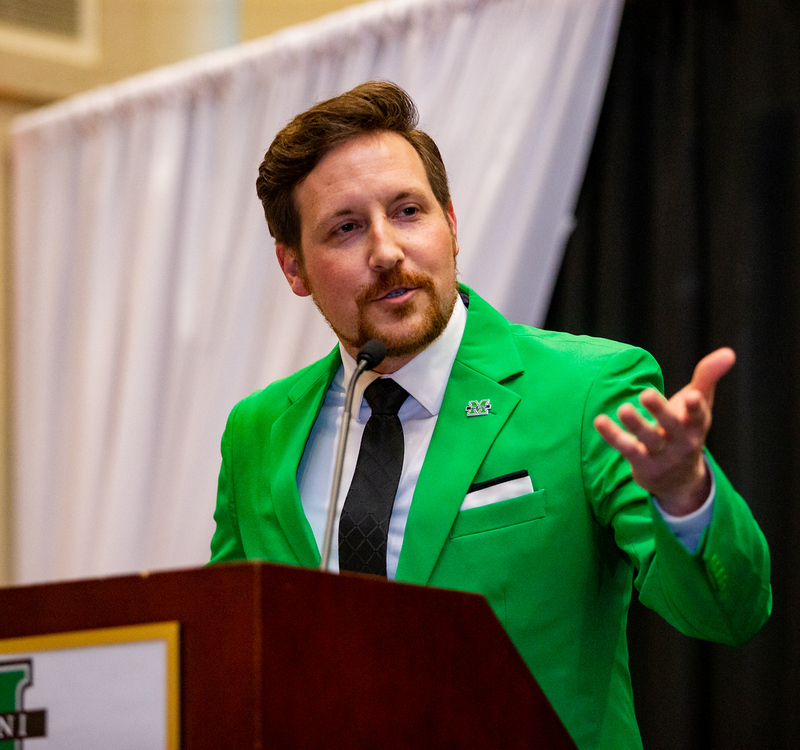
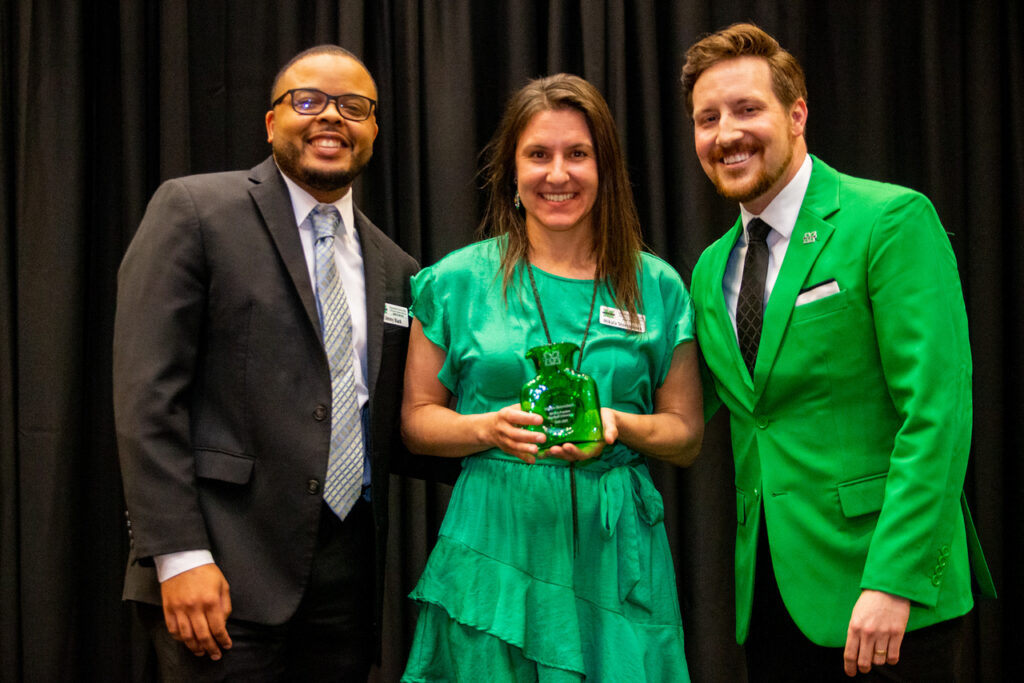
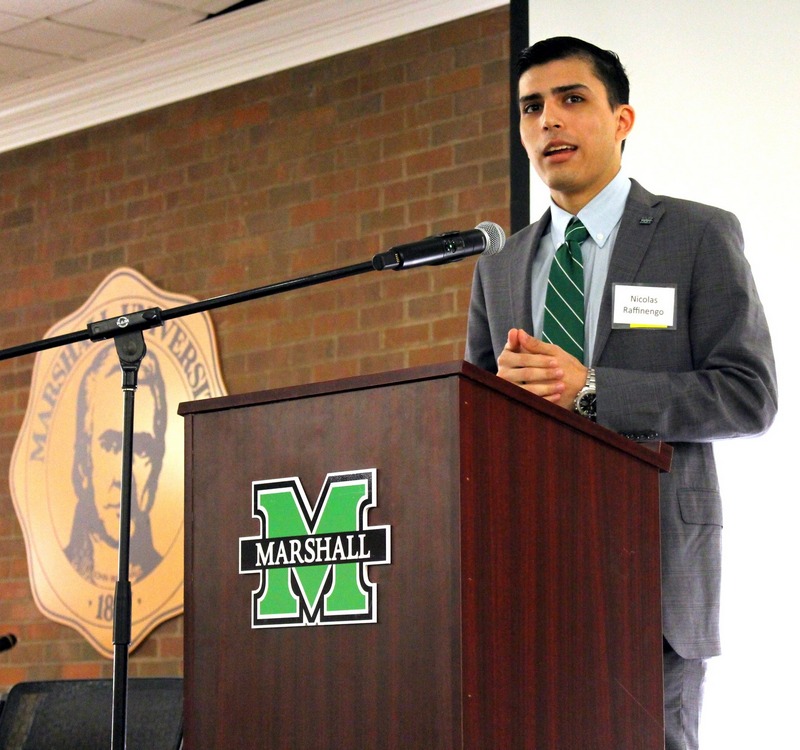
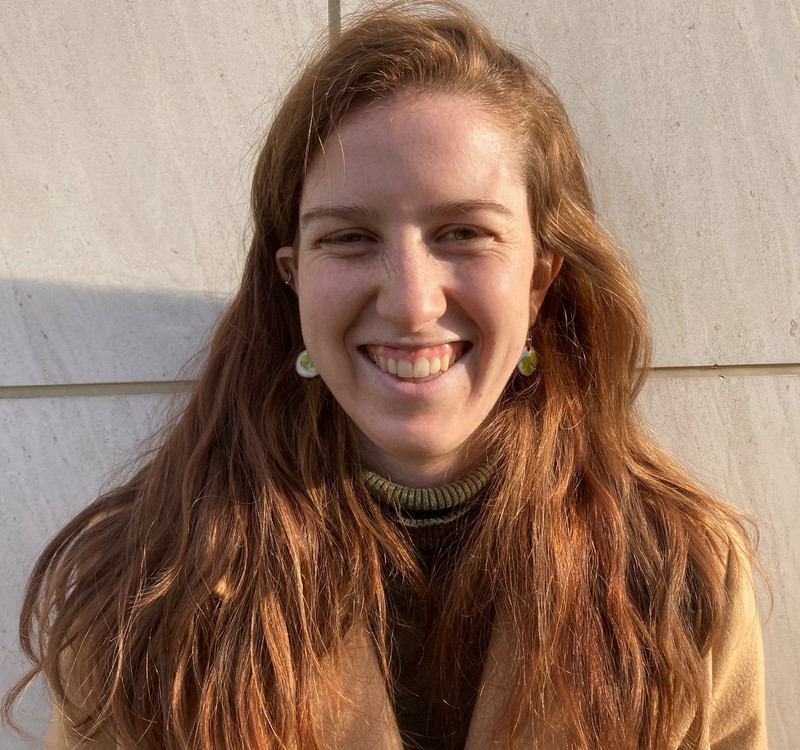
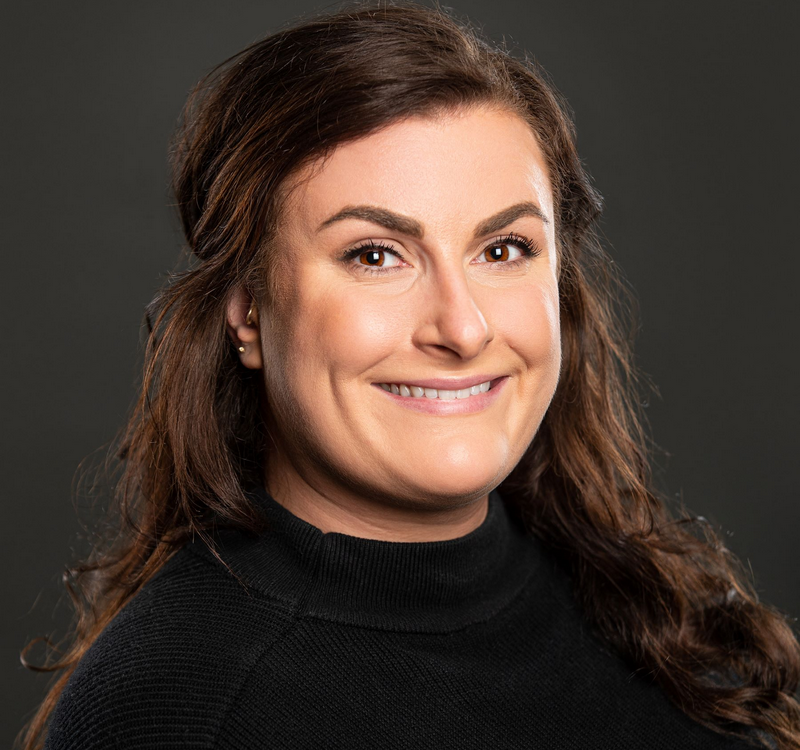
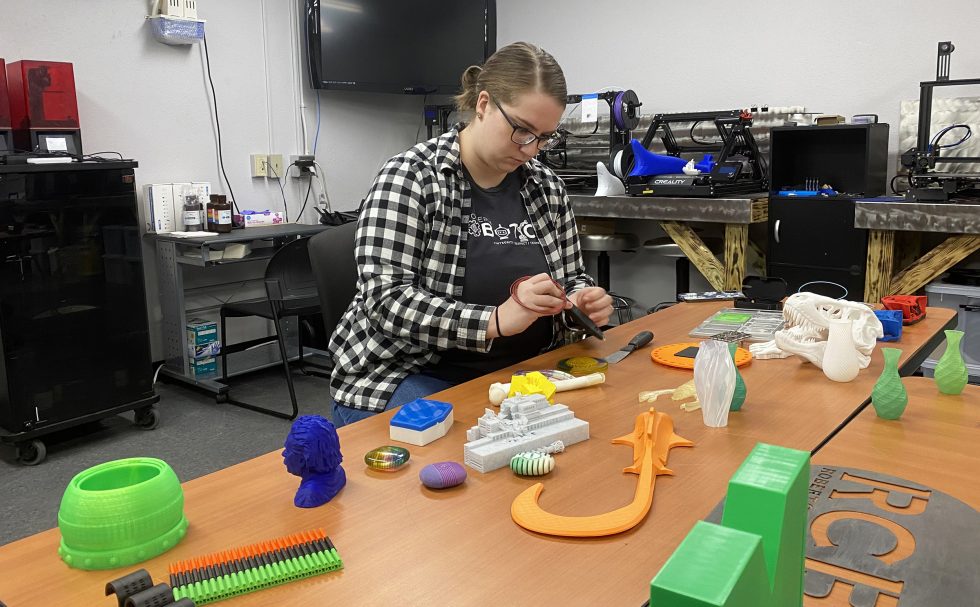
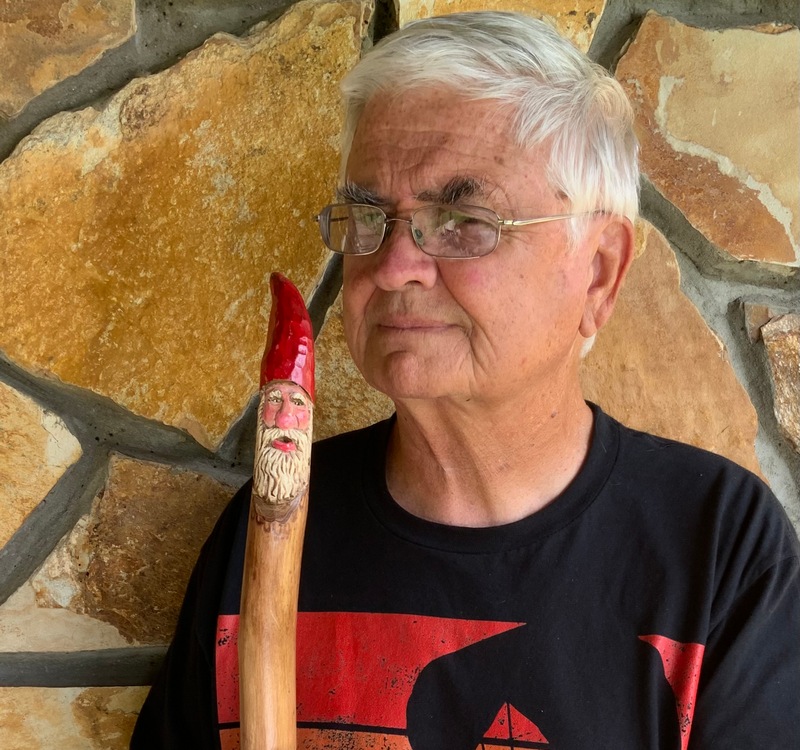
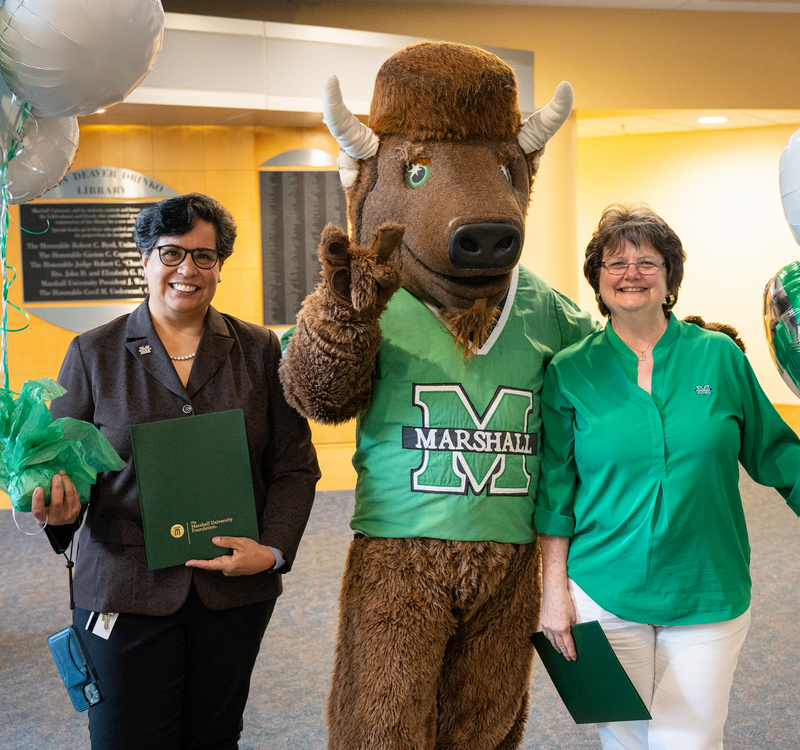
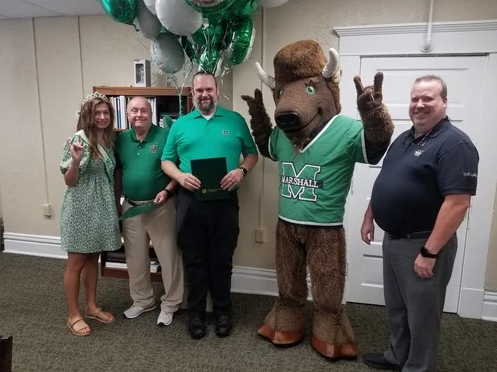 “I wanted to support the university because it supported me in getting the education I have, and to be where I am today,” said Walker, director of finance information. “I thought it’s best to support where you come from. I like to think I’m helping someone who may not have the same opportunity to get an education, which I feel is very important for everyone.”
“I wanted to support the university because it supported me in getting the education I have, and to be where I am today,” said Walker, director of finance information. “I thought it’s best to support where you come from. I like to think I’m helping someone who may not have the same opportunity to get an education, which I feel is very important for everyone.”